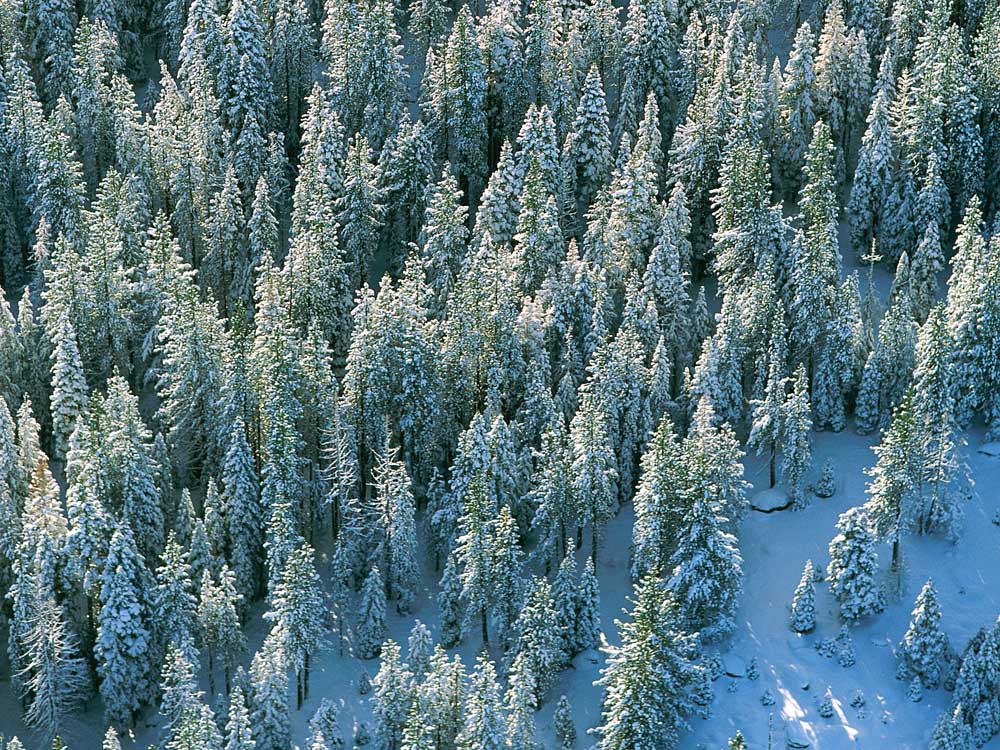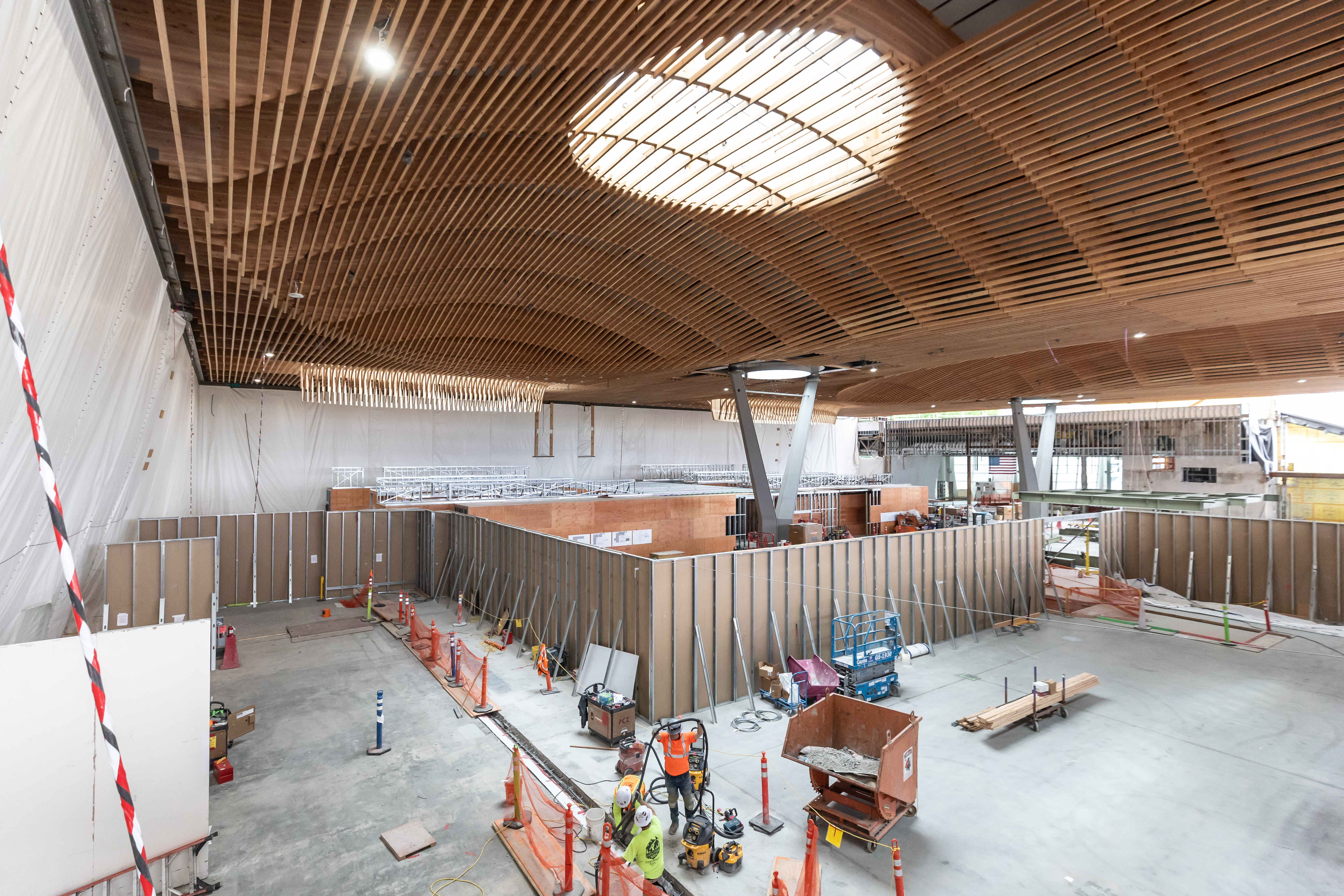O(regon), Christmas Tree!
Published 12:00 am Thursday, December 25, 2014

- File photoAerial view of snow-covered forest
WASHINGTON — When millions of Americans exchange Christmas presents today, there’s a good chance the tree they gather around is from Oregon.
Oregon-grown trees dominate the Christmas tree market, with three counties — Benton, Clackamas and Marion — producing more than a million trees each year, according to the U.S. Department of Agriculture’s 2012 Census of Agriculture. At 929,350 trees sold, Polk County is not far behind.
Together with two counties in North Carolina, those four Oregon counties account for almost half of the Christmas trees sold in America.
“Our biggest week for shipping trees out is Thanksgiving (week) every year,” said John Foster, a partner with Oregon Tree Farms in Estacada.
All told, Oregon sells about $110 million worth of wholesale trees each year, according to the Pacific Northwest Christmas Tree Association. Almost all of the trees are Douglas fir (47 percent) or noble fir (45 percent), with grand fir (5 percent) and various others accounting for the rest.
Only 8 percent of those trees will stay in the Pacific Northwest, with the vast majority sent elsewhere in America and overseas. Almost half go to California, 10 percent to Western states, 9 percent to Gulf states, and 4 percent to Atlantic states, according to Pacific Northwest Christmas Tree Association figures. Another 16 percent end up in Mexico.
Oregon Tree Farms specializes in taller Christmas trees over 8 feet tall, with offerings that include Douglas firs up to 15 feet and noble firs as tall as 23 feet.
It takes between 10 and 25 years to grow trees that tall, Foster said.
“Southern California likes large trees. In the Midwest, like Oklahoma, apparently they have vaulted ceilings,” he said. “When the economy’s good, companies like (tall trees).”
Oregon Tree Farms also sells trees to retailers in Hong Kong, Taiwan and Guam, he said.
Irv Wettlaufer, whose family has been growing trees in Oregon for generations, operates Timbergrove Farms, LLC, in Beavercreek.
Growing Christmas trees is full-time work, year round, he said.
“You don’t just go out and put a tree in the ground and come back seven years later and harvest it,” he said. They need to have herbicide applied to keep weeds and grass out of them, they need to be shaped and topped as they grow, and they need to be fertilized, he said.
“It’s very labor intensive, and pretty much everything is done by hand,” he said. “You continually have this operation going.”
Timbergrove Farms focuses on “specialty trees,” which, Wettlaufer explained, is the industry term for high-quality, freshly cut trees. Most of their trees are cut no more than 24 hours before they hit the Christmas tree lot, he said.
“I’ve found a market in that, and it’s working out pretty well,” he said.
Both Foster and Wettlaufer said the economic recession hit the Christmas tree industry hard, and sales have yet to climb back to their pre-recession levels.
A live Christmas tree is “one of the first things that commercial businesses will cut out when times are tough,” Foster said.
Millions of homes were foreclosed on during the recession, shrinking the market even further, added Wettlaufer.
While Timbergrove Farms has tens of thousands of trees growing, it is still a small operation, he said. Before the recession, there were lots of even smaller farms of 50 acres or less in the Christmas tree business, but very few remain, he said.
— Reporter: 202-662-7456, aclevenger@bendbulletin.com






